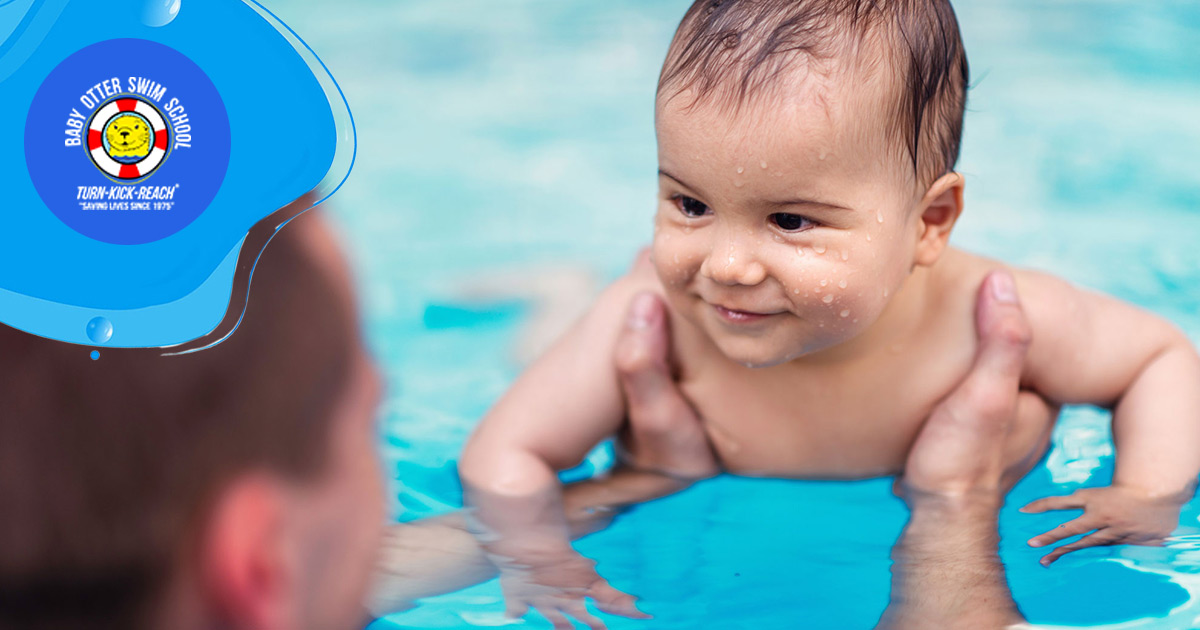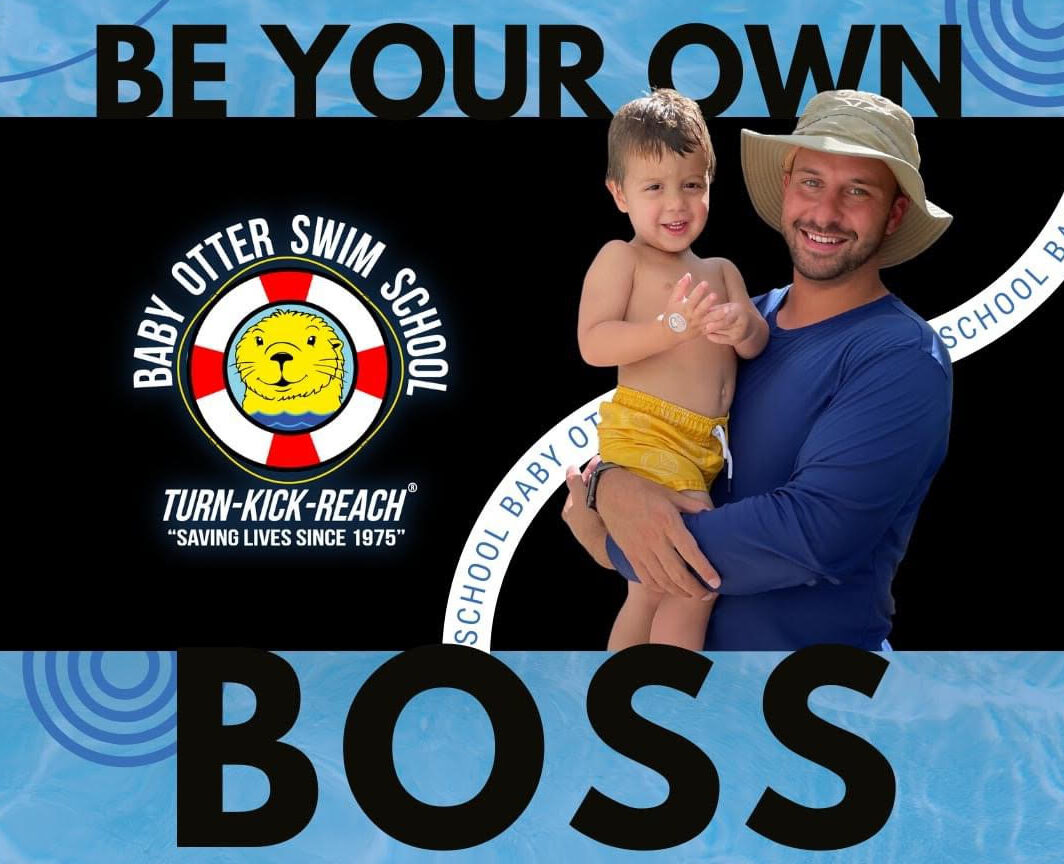Check out the Advantages of Picking Baby Otter Swim School for Effective Swim Training
Whatever You Required to Know About Swimming Lesson for Beginners: A Comprehensive Overview
Recognizing the principles of swimming lessons for novices is vital for cultivating both security and ability development in the water. The path to coming to be a confident swimmer is commonly fraught with challenges, including the usual fear of water.
Value of Water Safety And Security
Water safety is critical for any person venturing right into aquatic environments, particularly newbies. Recognizing the potential hazards connected with water activities is critical to make sure a secure and enjoyable experience. Stats suggest that drowning continues to be a leading reason for accidental death, highlighting the need for enhanced recognition and precautionary measures.
The initial action in water safety entails acknowledging the significance of supervision. Grownups ought to constantly keep a close eye on children and unskilled swimmers, as even superficial water can position substantial risks. In addition, using appropriate flotation protection devices, such as life vest, is vital, particularly for those that are not yet confident in their swimming capacities.
Another essential element is acquainting oneself with the particular setting. Each body of water has distinct features, including currents, trends, and temperature level, which can affect safety and security. Swimmers ought to additionally understand weather and potential dangers, such as submerged objects or unexpected modifications in deepness.
Discovering the Right Teacher
Choosing a qualified trainer is a crucial action in making certain a effective and risk-free discovering experience for novices. When looking for a teacher, consider their qualifications and experience. Look for people that are licensed in mouth-to-mouth resuscitation and Emergency Treatment, as well as those that hold identified swimming training credentials, such as those from the American Red Cross or YMCA.

In addition, analyze the instructor's communication abilities. They must have the ability to share directions plainly and show strategies properly. A connection between the trainer and the student can enhance motivation and foster a favorable learning ambience.
Last but not least, take into consideration logistics such as course area, scheduling, and size. Smaller class dimensions frequently enable for more individualized interest, which can be useful for newbies. By carefully assessing these factors, you can locate a trainer who will add to a successful swimming experience.
Important Swimming Techniques
Understanding crucial swimming strategies is important for beginners intending to build self-confidence and effectiveness in the water. The structure of effective swimming exists in mastering the fundamental abilities that enhance both safety and satisfaction during practice.
Among the first methods to concentrate on appertains breathing. Novices should find out to imp source exhale undersea and inhale promptly when turning their heads sideways, making sure a constant rhythm that sustains endurance. Additionally, body positioning plays an essential function; swimmers need to preserve a streamlined posture, maintaining the body flat and straight to decrease drag.

Finally, comprehending the significance of buoyancy can not be neglected. Mastering drifting techniques will enhance convenience and security in the water. By focusing on these essential methods, beginners can establish a solid swimming foundation, establishing them up for higher success in future lessons and more advanced abilities.
Different Swimming Styles
Countless swimming styles exist, each offering distinct strategies and advantages that satisfy different preferences and goals. The four main strokes-- freestyle, breaststroke, butterfly, and backstroke-- form the structure of competitive swimming and leisure practices.
Freestyle, likewise known as the front crawl, is defined by a flutter kick and alternating arm motions, enabling optimal rate and efficiency. It is usually one of the most popular option for newbies because of its uncomplicated technique and versatility in different water settings.
Backstroke, executed on the back, employs a similar flutter kick but uses a windmill arm activity. This stroke enhances body positioning and promotes leisure in click to find out more the water, making it an outstanding alternative for those that may feel nervous while swimming.
Breaststroke includes a frog-like kick and synchronised arm movements, promoting a slower speed that permits improved breathing control. This stroke is especially valuable for beginners as it motivates an all-natural rhythm.
Finally, the butterfly stroke, known for its difficult method, integrates a dolphin kick and synchronised arm activities. While even more advanced, grasping it can dramatically enhance general swimming effectiveness. Welcoming these diverse styles can lead to an all-around swimming experience.
Overcoming Common Obstacles
Although swimming can be a gratifying task, beginners usually run into various obstacles that might impede their progress and satisfaction in the water. Beginning by adapting to the water in superficial areas, and practice breathing strategies outside of the water to develop confidence.
An additional obstacle is mastering standard strategies, such as drifting and stroke mechanics. Newbies must concentrate on correct body placement and breathing patterns. Making use of flotation protection devices can aid in establishing a sense of equilibrium while exercising stroke principles.

Last but not least, discovering a helpful environment, whether through group lessons or one-on-one training, can significantly enhance understanding. Positive responses and inspiration are critical for overcoming challenges and cultivating enhancement. By addressing these common issues head-on, novices can cultivate a positive swimming experience and progression at a comfy speed.
Final Thought
In recap, swimming lessons for beginners include crucial aspects such as safety, reliable instruction, and proficiency of essential methods. Focus on core skills, consisting of breathing and body positioning, aids in establishing confidence in the water.
Understanding the basics of swimming lessons for beginners is essential for fostering both safety and security and skill development in the water.Water security is critical for any person venturing right into aquatic environments, especially novices. Arm activities should also be coordinated with the kick; newbies need to learn the value of reaching forward and pulling through the water properly.
Although swimming can be a rewarding task, newbies frequently run into different difficulties that may hinder their progress and enjoyment in the water. Start by acclimating to the water in shallow areas, and practice breathing methods outside of the water to develop confidence.